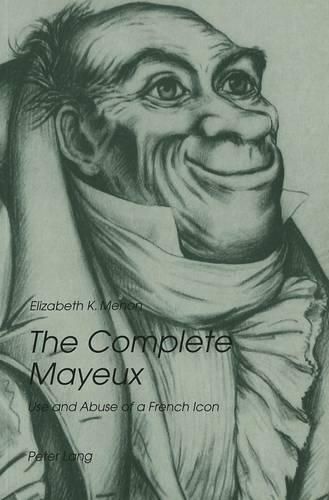Readings Newsletter
Become a Readings Member to make your shopping experience even easier.
Sign in or sign up for free!
You’re not far away from qualifying for FREE standard shipping within Australia
You’ve qualified for FREE standard shipping within Australia
The cart is loading…






This interdisciplinary study considers the creation, use and re-evaluation of an imaginary hunchback dwarf - Mayeux - hero of the July Monarchy. Created as an anonymous messenger of criticisms against the government by artists and writers fearful of censorship, the dwarf appeared in literature, prints, decorative art objects, popular chansons and theatrical performances. Mayeux’s origins are traced from associations with court fools, carnival clowns and scientific theories such as physiognomy, phrenology and comparative anatomy. His ambiguous personality and shifting meanings are identified through consideration of his multiple users and their individual political stances. The methods for making Mayeux seem real and his promotion as a hero are examined, as are the many media in which he existed. His appearance in social and political situations including pornography, censorship, familial relations and governmental structure are documented. A final section considers changes that the meaning of Mayeux underwent when this character was seen in retrospect as a symbol of the July Monarchy, regarded as an embarrassing period in French history. By considering Mayeux criticism, initiated by Jules Champfleury and Charles Baudelaire, it is possible to see modifications in meaning created by the history itself as it is reconfigured by both historians and art historians for new eras.
$9.00 standard shipping within Australia
FREE standard shipping within Australia for orders over $100.00
Express & International shipping calculated at checkout
This interdisciplinary study considers the creation, use and re-evaluation of an imaginary hunchback dwarf - Mayeux - hero of the July Monarchy. Created as an anonymous messenger of criticisms against the government by artists and writers fearful of censorship, the dwarf appeared in literature, prints, decorative art objects, popular chansons and theatrical performances. Mayeux’s origins are traced from associations with court fools, carnival clowns and scientific theories such as physiognomy, phrenology and comparative anatomy. His ambiguous personality and shifting meanings are identified through consideration of his multiple users and their individual political stances. The methods for making Mayeux seem real and his promotion as a hero are examined, as are the many media in which he existed. His appearance in social and political situations including pornography, censorship, familial relations and governmental structure are documented. A final section considers changes that the meaning of Mayeux underwent when this character was seen in retrospect as a symbol of the July Monarchy, regarded as an embarrassing period in French history. By considering Mayeux criticism, initiated by Jules Champfleury and Charles Baudelaire, it is possible to see modifications in meaning created by the history itself as it is reconfigured by both historians and art historians for new eras.